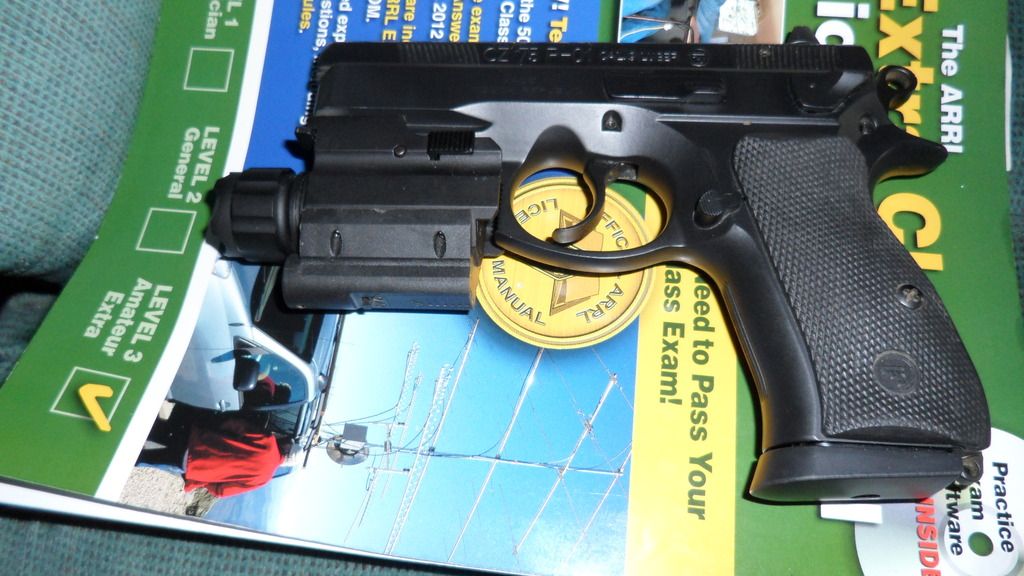I'm not going to ask a question but give an experience that I had yesterday and see what king of feedback I get.
Yesterday morning I went outside to hook up the boat to go fishing. When I walked over to the shed I heard something moving around and when I shone the light there was an armadillo moving around. Well I decided to take him out so I drawed and shone the light but I couldn't see my sights. What I ended up having to do was hold the light behind the gun to be able to sight. When I did this I was able to see the sights and I go off a pretty good shot on him but I had to do so one handed.
Thoughts and feedback will be appreciated.
Yesterday morning I went outside to hook up the boat to go fishing. When I walked over to the shed I heard something moving around and when I shone the light there was an armadillo moving around. Well I decided to take him out so I drawed and shone the light but I couldn't see my sights. What I ended up having to do was hold the light behind the gun to be able to sight. When I did this I was able to see the sights and I go off a pretty good shot on him but I had to do so one handed.
Thoughts and feedback will be appreciated.


